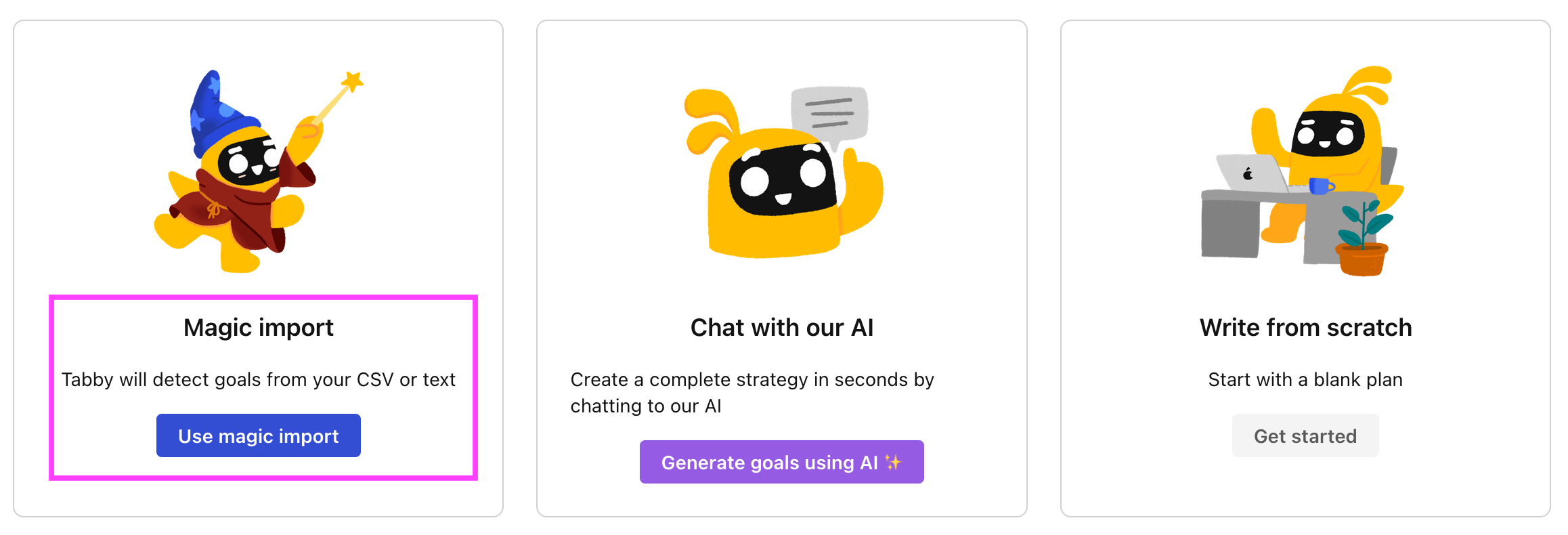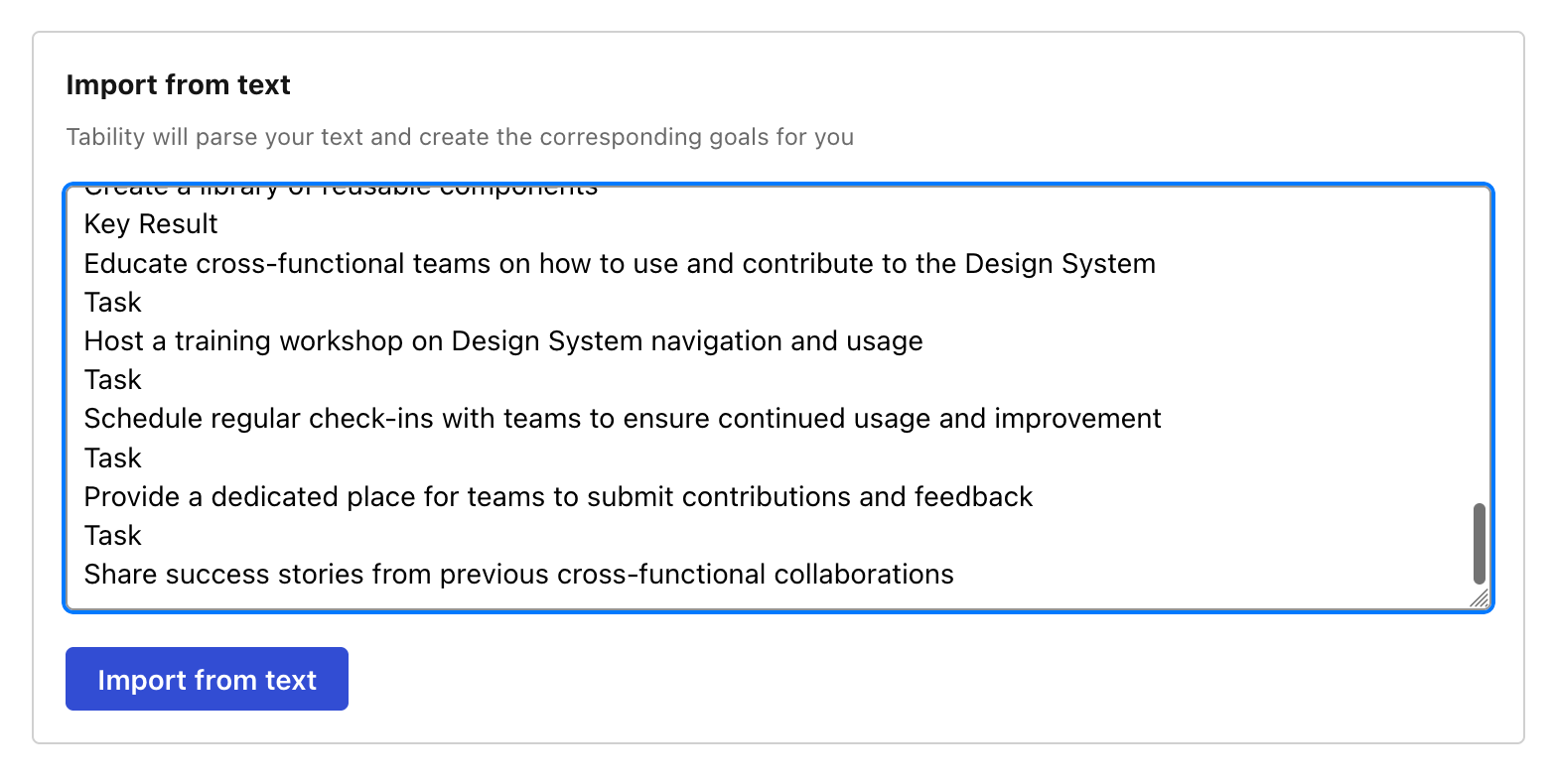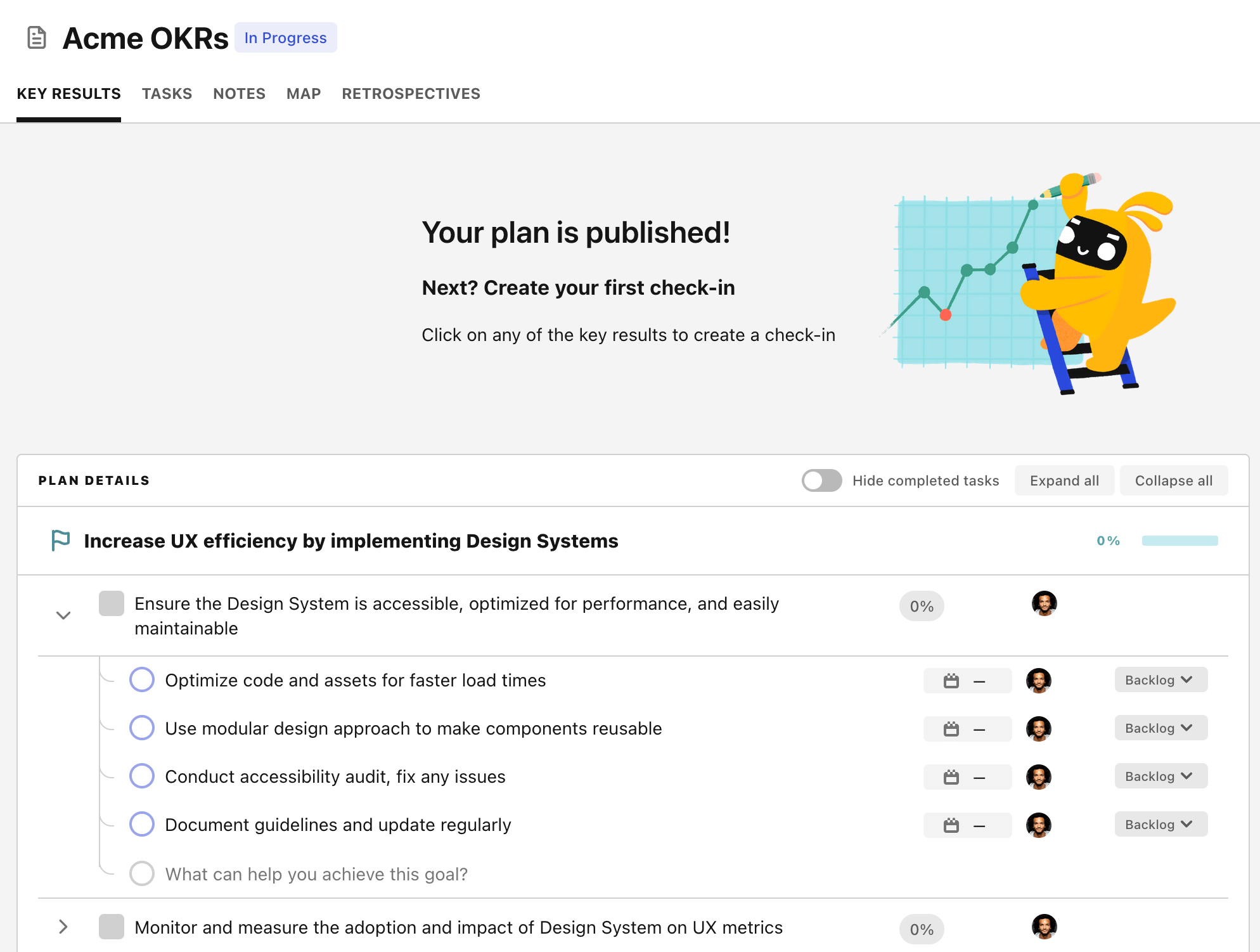OKR template to improve written communication for effective donor engagement
Your OKR template
Feedback is another critical aspect of this OKR. The goal is to obtain regular feedback from superiors to guarantee consistent advancement in written communication skills. It implies the need to incorporate received feedback for improvement, organize recurrent feedback sessions, and actively solicit feedback on written drafts.
Participation in professional writing workshops forms the third branch of this OKR. The aim is to continually develop writing skills by attending at least two writing workshops. Expected initiatives comprise of researching available workshops, participating in chosen ones and duly registering for the workshops.
The ultimate objective behind the OKR is to fortify written communication skills for more effective donor engagement. Improvement will be measured by the number of donor letters drafted or revised, feedback received for continual improvement, and workshops attended to refine skills.
ObjectiveImprove written communication for effective donor engagement
KRDraft and revise at least ten donor letters to enhance clarity and persuasion
Write initial drafts for ten donor letters
Identify key points for clarity and persuasion in letters
Revise and polish letter drafts
KRGet feedback from superiors on written drafts to ensure constant improvement
Implement feedback received to improve written documents
Schedule regular feedback sessions with superiors
Draft and send emails to superiors requesting feedback on written drafts
KRAttend two professional writing workshops to develop skills
Attend and participate in the chosen workshops
Research available writing workshops in the local area
Register for two professional writing workshops
How to edit and track OKRs with Tability
You'll probably want to edit the examples in this post, and Tability is the perfect tool for it.
Tability is an AI-powered platform that helps teams set better goals, monitor execution, and get help to achieve their objectives faster.
With Tability you can:
- Use AI to draft a complete set of OKRs in seconds
- Connect your OKRs and team goals to your project
- Automate reporting with integrations and built-in dashboard
Instead of having to copy the content of the OKR examples in a doc or spreadsheet, you can use Tability’s magic importer to start using any of the examples in this page.
The import process can be done in seconds, allowing you to edit OKRs directly in a platform that knows how to manage and track goals.
Step 1. Sign up for a free Tability account
Go tohttps://tability.app/signup and create your account (it's free!)
Step 2. Create a plan
Follow the steps after your onboarding to create your first plan, you should get to a page that looks like the picture below.

Step 3. Use the magic importer
Click on Use magic import to open up the Magic Import modal.
Now, go back to the OKR examples, and click on Copy on the example that you’d like to use.

Paste the content in the text import section. Don’t worry about the formatting, Tability’s AI will be able to parse it!

Now, just click on Import from text and let the magic happen.

Once your example is in the plan editor, you will be able to:
- Edit the objectives, key results, and tasks
- Click on the target 0 → 100% to set better target
- Use the tips and the AI to refine your goals
Step 4. Publish your plan
Once you’re done editing, you can publish your plan to switch to the goal-tracking mode.

From there you will have access to all the features that will help you and your team save hours with OKR reporting.
- 10+ built-in dashboards to visualise progress on your goals
- Weekly reminders, data connectors, and smart notifications
- 9 views to map OKRs to strategic projects
- Strategy map to align teams at scale